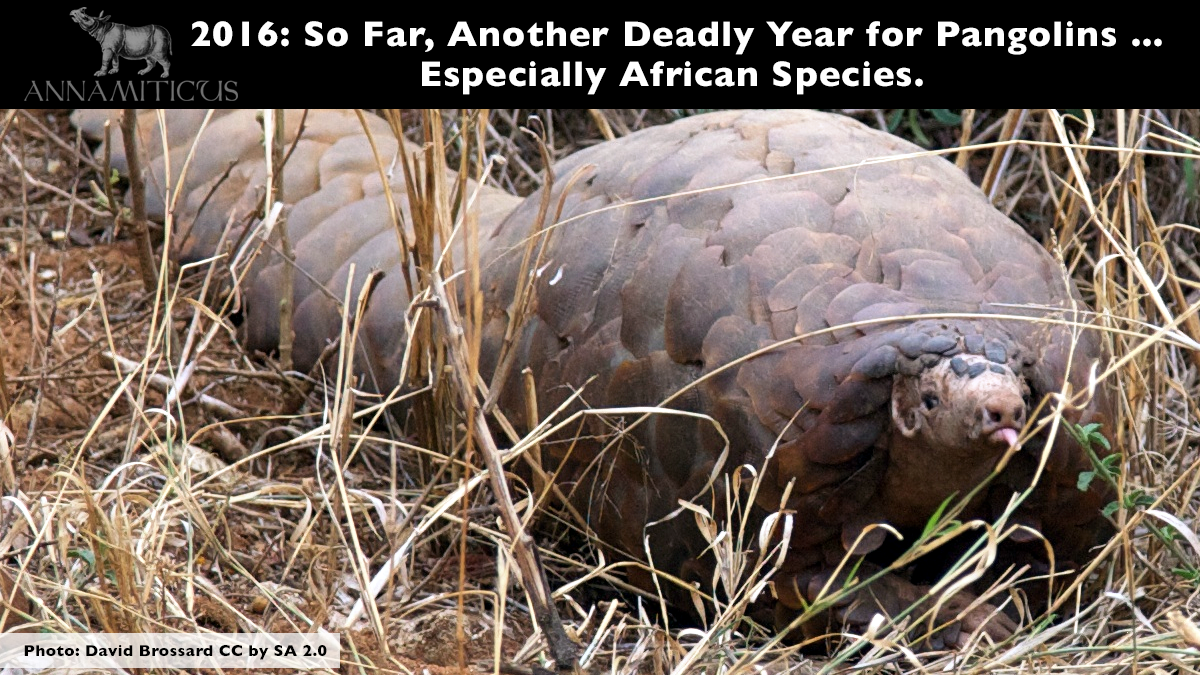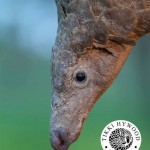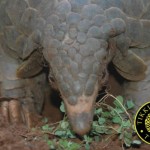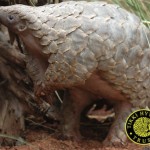
Just one day following the release of our infographic showing the shocking volume of pangolin scales seized during the first 193 days of 2016, we received the dreadful news that an additional 7,300 kg of pangolin scales were seized today in Hong Kong.
Now, the year’s total of pangolin scales seized stands at a staggering 14.5 tonnes.1
To date, we have confirmed 51 pangolin trafficking incidents spanning 19 countries. Scales from African pangolin species *seized in Asia* currently account for a minimum of 78% of the 14.5 tonnes of pangolin scales intercepted this year. Pangolin scales comprise approximately 20% to 30% of the animal’s weight, depending on the age and species, according to pangolin expert Lisa Hywood of Tikki Hywood Trust in Zimbabwe.
In addition to the 14.5 tonnes of pangolin scales, 345 kg of unidentified pangolin bodies (“meat”) and 413 live pangolins have been confiscated this year2 as law enforcement authorities grapple with the pangolin trafficking crisis.
However, Annamiticus notes a disappointing lack of prosecutions following these seizures. In particular, there is a glaring absence of arrests and investigative activity regarding the large container shipments intercepted in China, including Hong Kong.
All eight pangolin species are at risk of extinction, and are currently listed in CITES Appendix II, which allows for regulated legal commercial trade only if such trade is not a threat to wild populations. Asian pangolins are supposed to be further protected by a zero export quota for wild-caught individuals. Unfortunately, the CITES Appendix II listing provides a loophole for using legal trade as a cover for illegal trade, as well as leaving wild African pangolins vulnerable to collection for zoos (which is already happening).
In September of this year, the Parties to CITES will vote on proposals to transfer all eight pangolin species to CITES Appendix I – the strongest protection possible under international law. Commercial trade is generally prohibited in CITES Appendix I listed species.
Annamiticus fully supports the uplisting of all eight pangolin species to CITES Appendix I and we need your help in supporting our advocacy efforts at the 17th Meeting of the Conference of the Parties to CITES in Johannesburg, South Africa.
1,2 Annamiticus (2016, in prep.). The Global Scale of Pangolin Trafficking.




